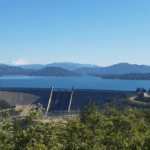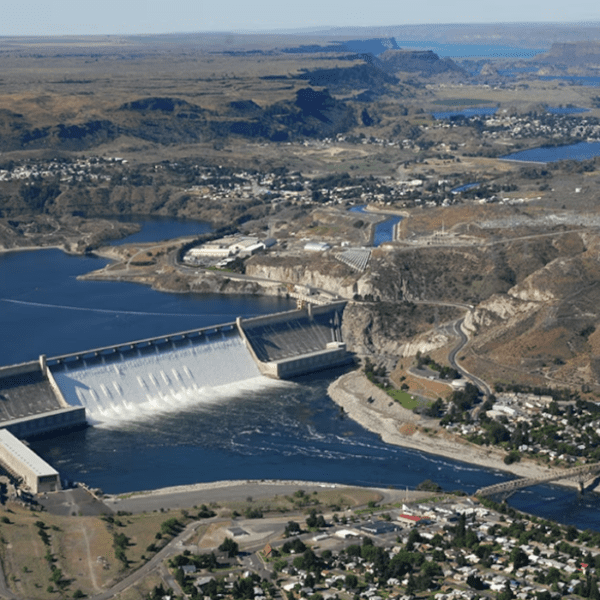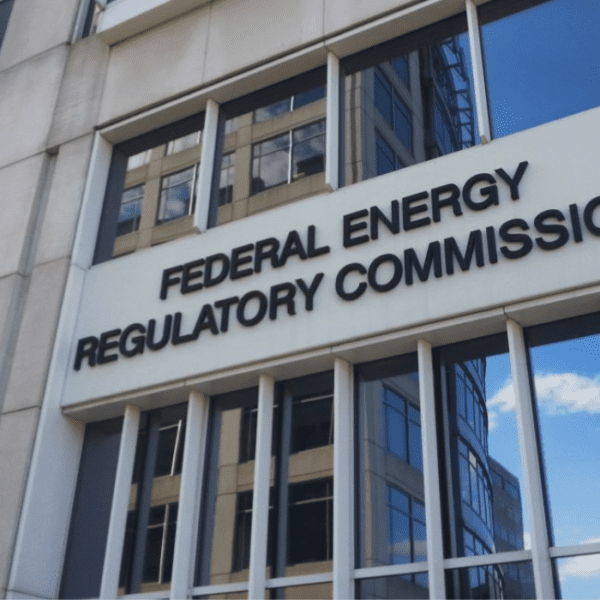In the face of the Covid-19 pandemic and a dramatic 3.5% contraction in the economy, 2020 was a banner year for U.S. renewables, adding a record 11% increase in generation to the power grid. These findings come from the newly released 2021 Sustainable Energy in America Factbook (Factbook), a report compiled by the Business Council for Sustainable Energy (BCSE) and BloombergNEF (BNEF). The Factbook, released annually, provides a snapshot of the driving factors in the energy sector, with a focus on renewables, efficiency, natural gas, distributed power and storage and sustainable transportation.
During a challenging year, the total U.S. primary energy use plummeted 7.8% – representing the largest year-on-year decline in energy consumption in at least three decades. Meanwhile, electricity demand fell by just 3.8%. And according to analysis from the Factbook, the decline in commercial and industrial demand were partly offset by growth in residential use as Americans remained at home.
While natural gas remained the largest source of power generation in the U.S. in 2020, accounting for 41% of generation, renewables represented 20% of total generation – an increase of 3% from the previous year. The majority of the increase can be attributed to growth of wind and solar capacity, which added a recorded combined 33.6 GW. To get a sense of the seismic change in energy consumption over that last decade, the Factbook noted that renewables and natural gas grew from a combined 35% to 56% of total power generation.
What About Hydropower?
In 2020, hydropower experienced a 5% increase in generation. All told, hydropower still remains the second largest generator of renewable energy, accounting for 35% of total renewable output (288 Twh). As it relates to capacity, hydropower continued with approximately 80 GW, which, if not including pumped storage hydropower (22 GW), places hydropower as the third largest behind solar (91 GW). Last year, hydro added 162MW of new capacity.
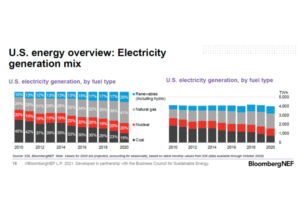
Dive Deeper
According to the Factbook, in 2020, hydropower experienced moderate growth. Two new hydropower projects were built on existing non-powered dams, representing 60.4MW. East Texas Electric Cooperative placed in service the 24.0MW Lake Livingston Hydroelectric Project in Livingston, Texas, while the 36.4 MW Red Rock Hydroelectric Project in Pella, Iowa completed construction. Additionally, 18MW of new hydropower capacity was licensed by the Federal Energy Regulatory Commission (FERC) – a 100 percent increase from the previous year – while projects totaling 40MW are currently under FERC review.
And with the simpler qualifying pathway for small, non-federal conduit projects secured by NHA in 2013, 125 conduit projects totaling 39MW have been deemed eligible for construction by FERC – up 1MW from the previous year. To date, 38 of these projects (representing 13MW) are already operational.
The Factbook also reaffirmed that pumped hydropower storage remains the largest U.S. utility scale energy storage resource, accounting for about 91% of installed capacity.
On the Horizon
With a dynamic hydropower development pipeline, the Factbook focused on potential new builds and the challenges facing the current U.S. fleet. The report took note of the recent announcement by Climate Adaptive Infrastructure to invest $150 million to develop 22 hydropower projects on existing non-powered dams in Kentucky, Louisiana, Mississippi, Ohio, Pennsylvania and West Virginia. All told, the facilities would produce 250MW. The report also flagged the power purchase agreement signed by Kauai Island Utility Cooperative and AES Corp. to develop a solar-powered pumped storage project in Hawaii.
The pipeline for new pumped storage projects continues to be robust. Three new pumped storage projects with a combined capacity of 2.1GW have received licenses in the last few years –Eagle Mountain in California, Swan Lake in Oregon, and Gordon Butte in Montana. Construction on all could potentially start in 2021. The last large pumped storage facility was built in 1995. And projects with a combined capacity of 35.2GW have received preliminary permits from FERC, with over 9GW in Arizona, and 15.5 GW have preliminary permits pending. Additional projects totaling 740MW are currently pending original licenses.
The Factbook also shined a light on the challenge of protecting hydropower’s current assets. As of year-end 2020, 319 hydropower projects totaling 13GW were up for relicensing from 2020 to 2030.
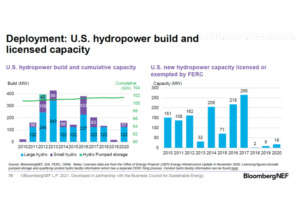
What it Means
With the exponential growth in variable renewables, the importance of hydropower has never been more apparent. In addition to clean energy, hydropower provides much needed grid resiliency, while helping other renewables like wind and solar on to the grid. As renewables work to collectively become the majority electricity generator, the grid reliability services that hydropower provides (peak capacity, voltage support, regulation, spinning and non-spinning reserves, storage, inertia, and black start capability) will become even more of a premium.



